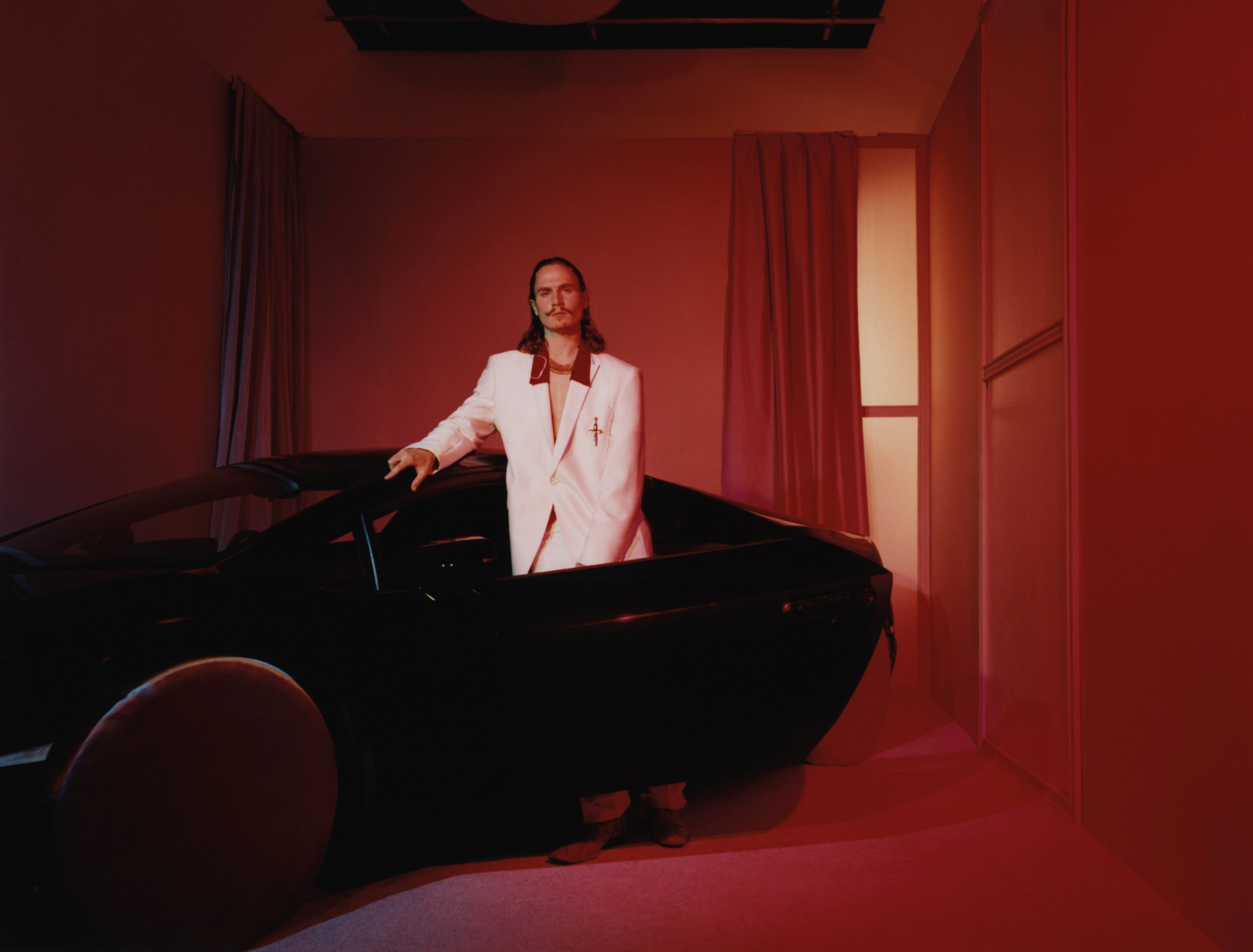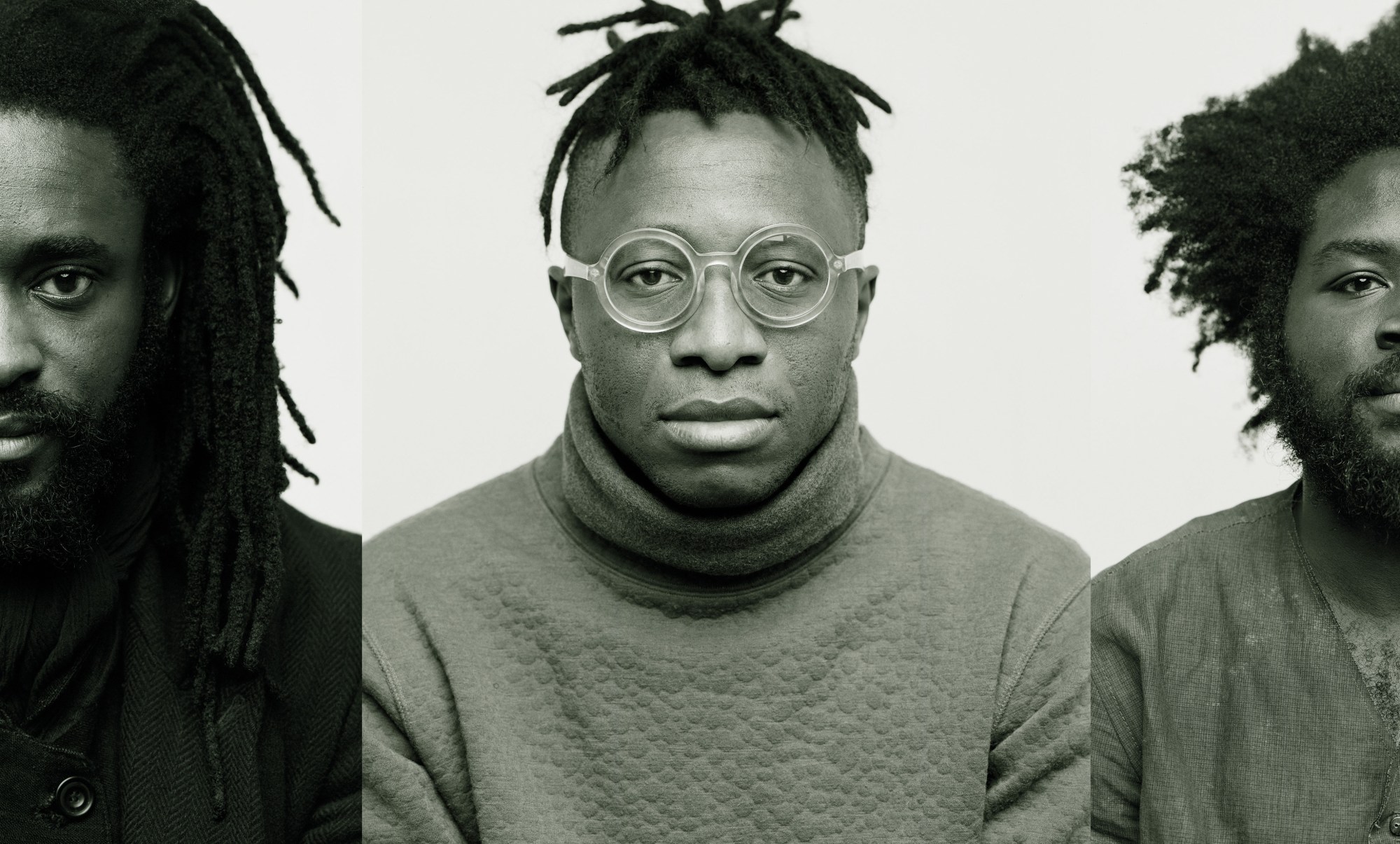Tired of seeing independent designers struggle to build a sustainable career, 1 Granary launched VOID, where young talent is connected to established creative teams. Now at its second edition, the project resulted in an exhibition during London Fashion Week and a series of unique zines, collected in one publication. We spoke to the six VOID designers about their work, the power of collaboration and their hopes for the future.
For ears attuned to a Nigerian cultural subtext, the number ‘419’ rings of one thing: fraud. That’s because it refers to a section of the country’s Criminal Code that deals with the crime, as well as to those that breach it. But, this London Fashion Week Men’s, a new meaning came to light through 1 Granary’s VOID. London-based 419 Collective comprises three separate brands: Olubiyi Thomas’s eponymous label, Daniel Olatunji’s Monad London, and Foday Dumbuya’s Labrum London.
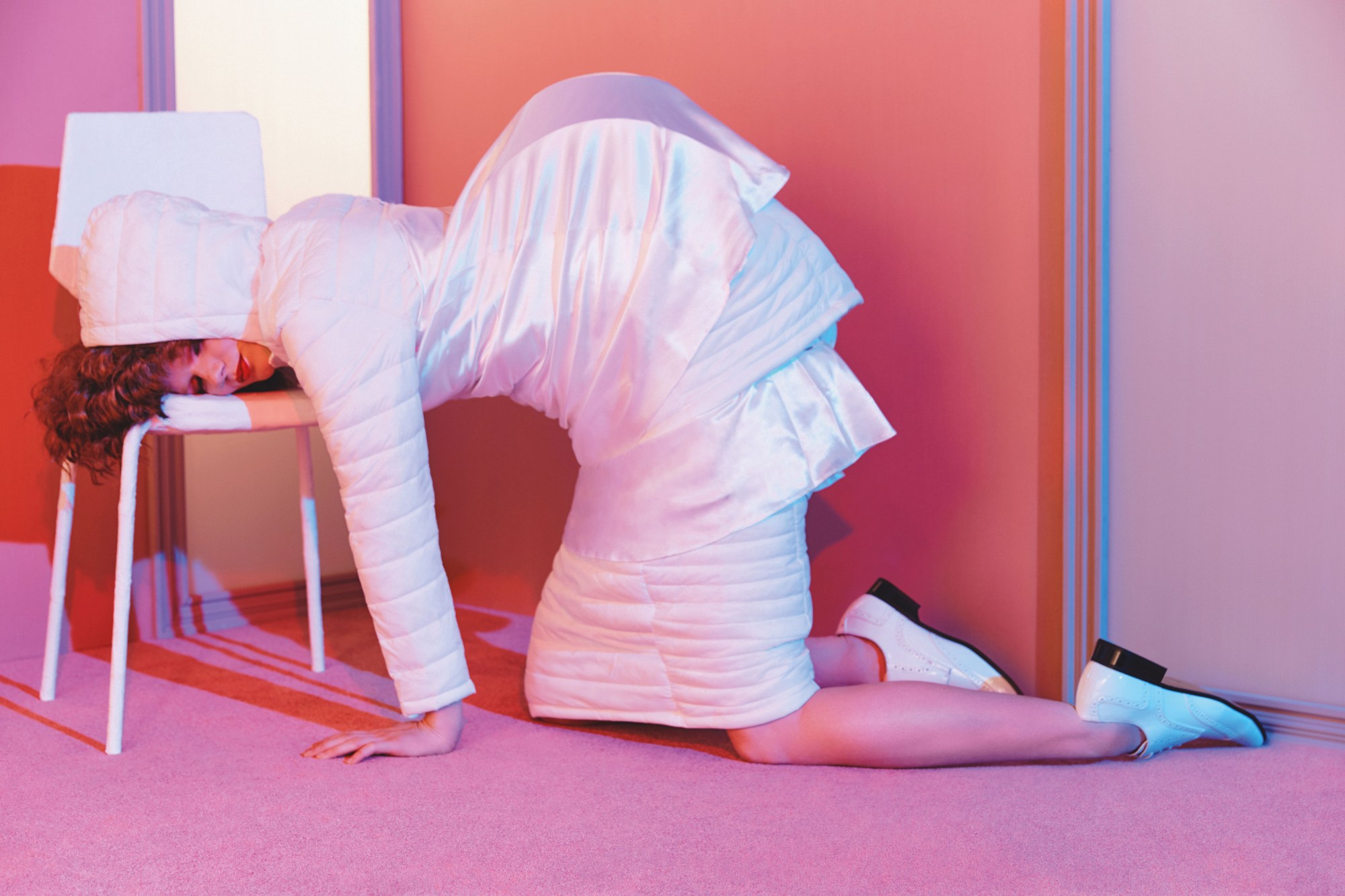
What binds the trio to fraud? Let it be clear that there are no grounds to affiliate any of the designers with any criminal practice. Rather, the adoption of the number is an homage to the creativity crucial to the namesake fraudster’s success. The fabrics used within the designers’ collections are crafted by artisans from across the African continent. But at the same time, they are distinctly ‘un-African’, a far cry from the wax prints implicitly expected by a stereotype-fuelled Western fashion audience. The silhouettes of their collections, which often have more in common with Yohji Yamamoto than with dashikis, contribute to what amounts to ‘fashion fraud’, an indiscernible forgery of high fashion that liberates African diaspora fashion from the toxic limitations of what we think it can be.
For VOID, 419 Collective’s world was interpreted by art director Olu Odukoya, the visual voice behind campaigns spanning Balenciaga and Saint Laurent, and Modern Matter magazine, and i-D Fashion Editor-at-Large Ib Kamara. With a Lamborghini in the background and models dressed in ‘fraudulent garments’ — pieces created by the designers for the sole sake of creating an impression — they achieved a perfect simulation of high-fashion imagery. Ultimately, the team demonstrate that with enough craftiness and cunning, anyone can match, or do one better than, ‘the real thing’.
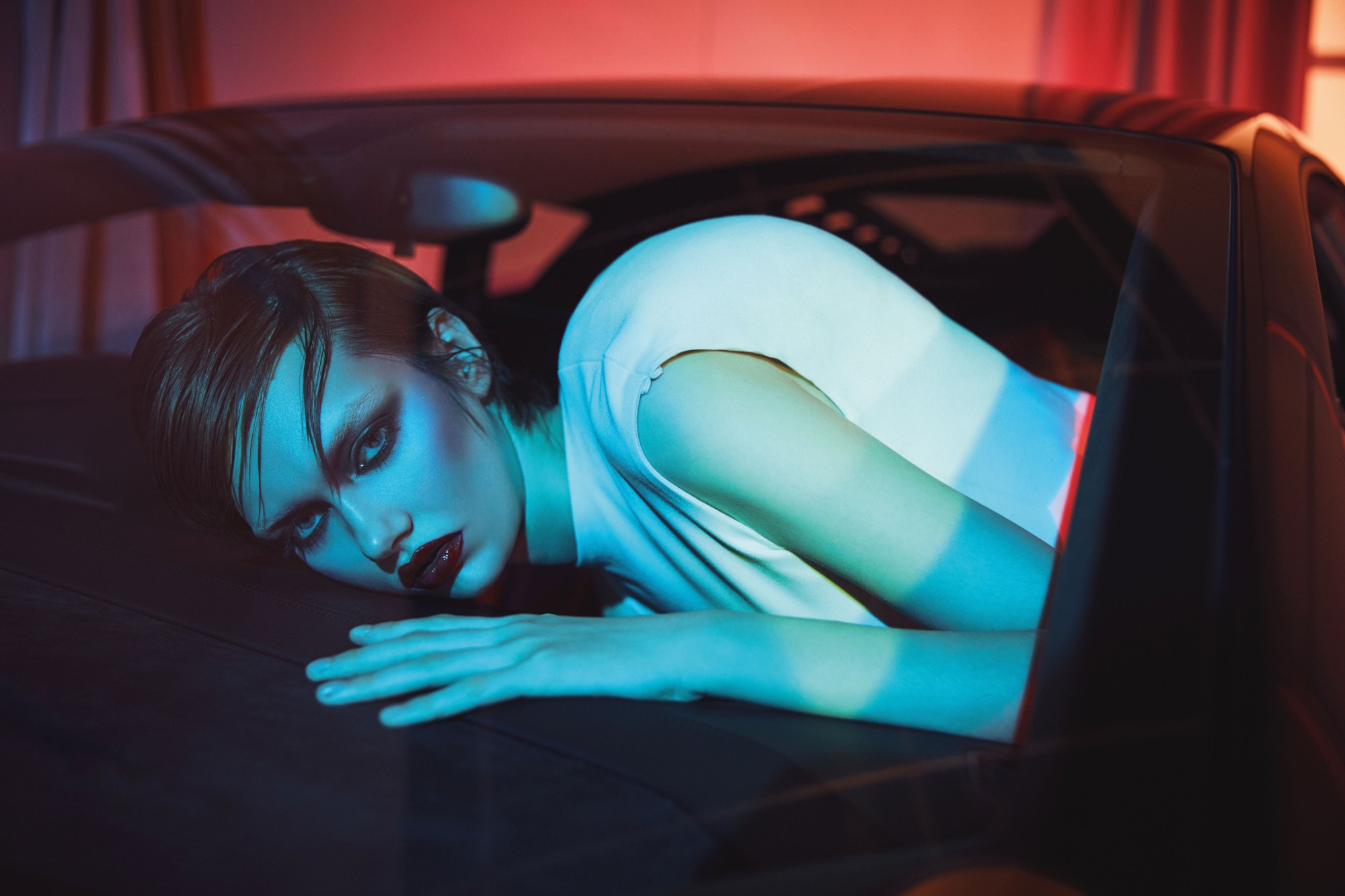
‘419’ refers to the section of the Nigerian criminal code that deals with fraud. Why did you adopt this as the name for the collective, and how does it relate to your work?
It’s the spirit! It’s a bit tongue-in-cheek. We thought: what’s the spirit of the fraudster? Someone who’s probably quite intelligent, perhaps a bit disenfranchised? They have to make ends meet with whatever they’ve got, they use their creativity to forge their own path.
We were thinking of those that have come up through trials and tribulations, have been in situations where they’ve had to hustle. They’ve had to think: what can I do? How can I get out of this? How can I get from A to B? How can I eat? We then wanted to overlap that with our careers in the fashion industry, removing the element of actual fraud, but maintaining that spirit of hustle: it’s something we’ve all had to do, something we’re still doing!
You work as a collective, but you each have your own brands: how do they relate to each other? And what brought the idea of a collective about?
It’s not so much a question of our brands relating to each other — our brands are all really different. The collective was born more of a sense of trying to build a supportive community, which is what we felt was lacking in the industry. We all really connected through the 419 Le Marais showroom in Paris, a showroom we held during fashion week. We were all trying to do our bits separately, but the space that we could get as a trio was much better than what we could get individually. And then there was the added bonus that all of our buyers from different geographies would come into the same space: the collective, in many ways, was a means of sharing resources. But that aside, we also wanted to start something like 419, because our ideas come from our shared African heritage.
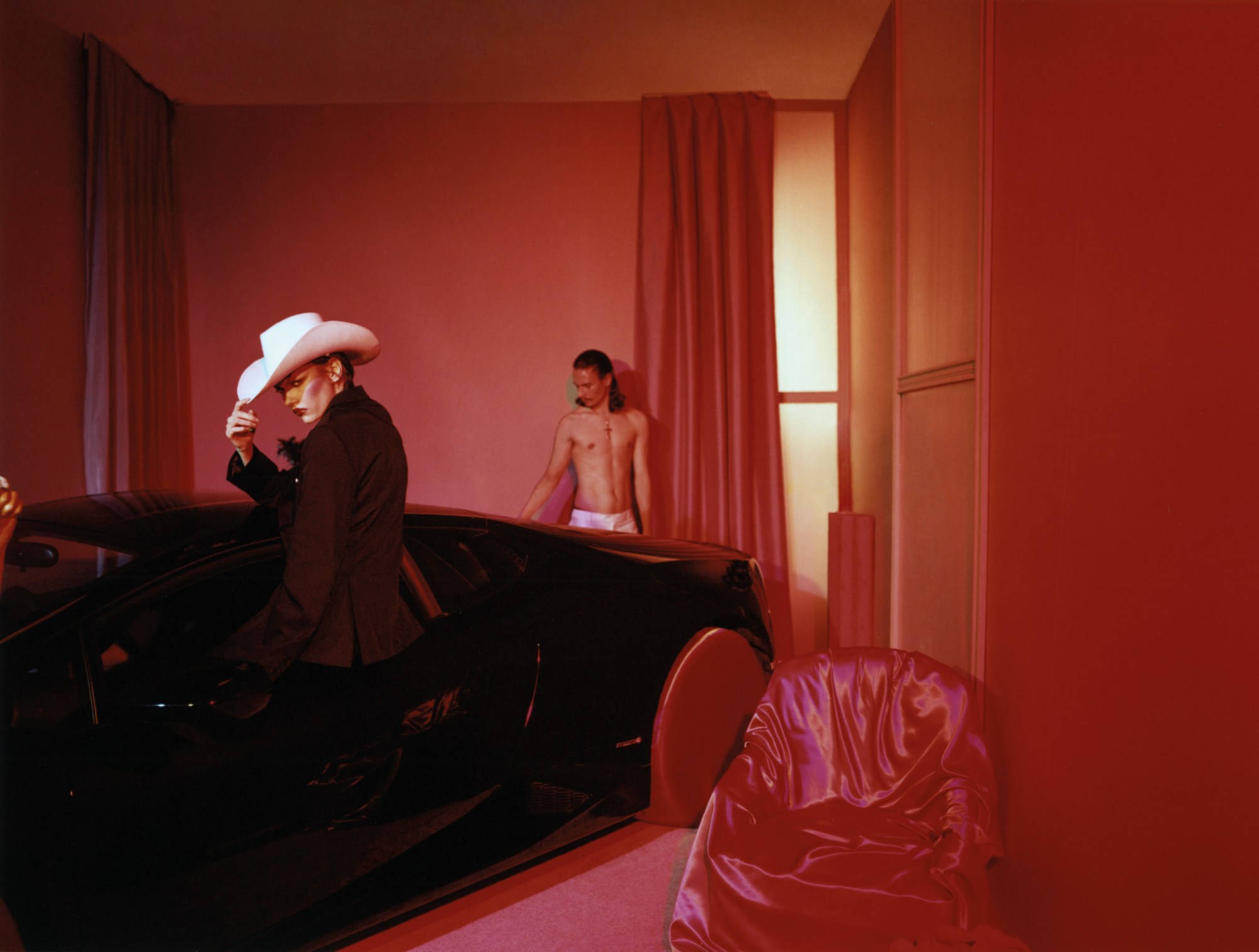
It’s no secret that Africa faces obstacles with regard to the way it’s perceived in mainstream fashion culture; how do you navigate these obstacles as designers belonging to an African diaspora?
As you said, so much of it comes down to the way Africa is commonly perceived in fashion. When people think about African fashion, they immediately think of Dutch Wax Print — which isn’t African, it’s Dutch Wax Print. So when we use African textiles, we try not to be overly African… It’s a question of not falling into a trap, a stereotypical image of Africa that’s offered to you, but doesn’t capture who you are. This fed into the way that we approached our project for VOID, where we insisted only white models were cast. By having an all-African creative collective casting, we wanted to parody the current trend in the industry towards casting black models simply because it’s fashionable to do so.
How does all of that feed into your process?
The fabrics we use are at the core of what we do. It’s through our selection of fabrics from across the continent, made using different weaves and techniques, that we’re able to present the artisanal heritage of Africa that’s been passed down over centuries. Olubiyi, for example, often uses fabric from Mali which has been dyed with indigo, and he’s had Japanese buyers think that the fabric is from Japan, where most believe indigo dyeing originated. The truth is that they only started about 300 years, whereas the technique has been practiced across West Africa for over 600 years.

You recently collaborated with art director Olu Odukoya and i-D fashion Editor-at-Large Ibrahim Kamara for VOID. What was collaborating with them like? How did the vision for the project unfold?
It taught us that collaboration is hard work! It was definitely an eye-opening experience; working with Olu was really interesting, he comes at things from a totally different perspective, but it always makes sense at the end of the day. It was a process of give-and-take, where we had to accept certain things that they thought would work visually, and really place faith in them. But we’re so pleased with how the images turned out, they’re an amazing lens into the meaning of 419.
As young designers, what change do you hope to see in the industry? And what change do you want to effect?
London can be quite an individualist space as a designer, and it often feels like you have to follow a preset conveyor belt to achieve success. It would be great to see more varied routes available to young designers, especially ones that have to overcome structural challenges. But as far as we’re concerned, we want to expand 419, and bring other people on board. So when we do ‘419 Presents…”, the show we held during the most recent Fashion Week, it won’t just be us three, it will be other interesting designers or other people who we think are doing something progressive, but might not necessarily be in the limelight.
